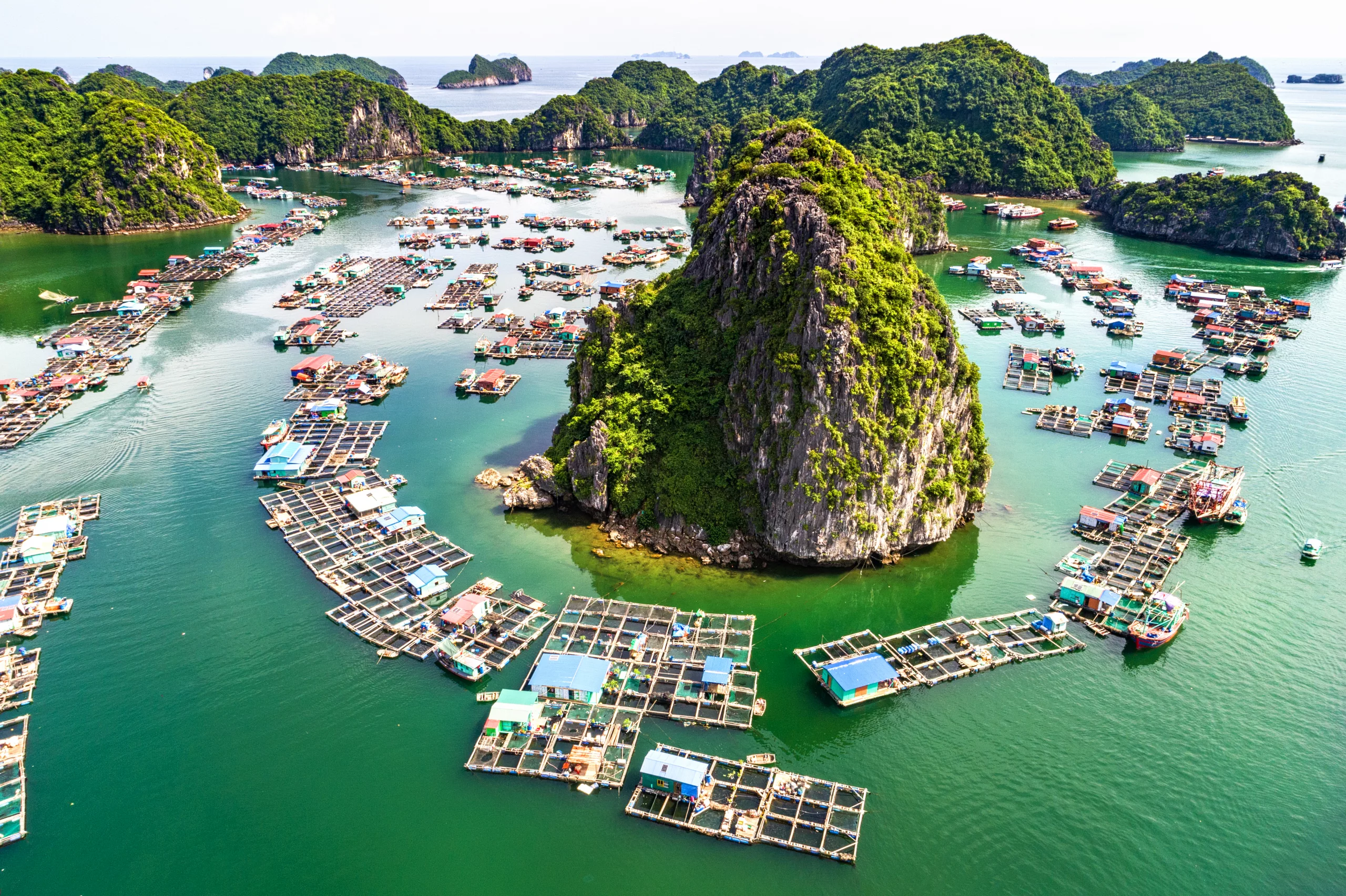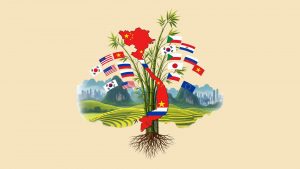Before the pandemic, Vietnam was one of the most visited countries in the world, clocking up 15.5 million international arrivals in 2018, and being nominated as ‘Asia’s Leading Destinations’ at the World Travel Awards. But the number of international arrivals plummeted during Covid – even if Vietnam handled the pandemic adroitly – and has yet to fully recover. This has seriously affected the bottom line for Vietnamese companies dependent on international visitors.
Fortunately, the Vietnamese Politburo has put together a strategy to revive its tourist industry after Covid. A big part of the plan is the introduction of new legislation. From identifying promising assets that could drive growth, such as themed events, to setting goals for tourist numbers (the aim for 2020 was 17-20 million visitors, before Covid interfered), and researching possible models and systems for successful regeneration, the plan is comprehensive. Another part of the strategy involves rallying diverse stakeholders, from the national tourist board to big businesses, small and medium enterprises, and airlines such as VietJet. Such co-ordination and co-operation will likely promote novel opportunities and lead to growth in the industry – market forces permitting.
Vietnam is also critically evaluating and implementing new international flight routes, making travel easier. As of April this year, you can now fly direct from Sydney to Ho Chi Minh City (Saigon), and connecting flights are available from Queensland. The national carrier, Vietnam Airlines, has also announced it would double the number of routes between Vietnam and India, capitalising on potential demand from the emerging middle classes there.
Perhaps the most interesting part of the strategy is that it is devolved: rather than being run centrally by the Politburo, it has been delegated to the provincial level. Local governments have thrown money at Quang Ning, Thua Thien Hue, Quang Nam and other tourist hotspots to launch new activities and invest in infrastructure to make travel easier. Viettonkin, a Hanoi-based consultancy, has noted that this is an excellent opportunity for foreign investors – the tourist industry is finally on an upwards trajectory after Covid, and Vietnam is a huge market. Major profits could be in the offing.
Academic literature offers some helpful ideas for how Vietnam can bolster its strategy for reviving the tourist industry. One paper argues for the use of a rigorous assessment model to rank solutions most appropriately. Another claims that Vietnam can build safe tourist environments – and guard against the possibility of another viral pandemic on the scale of Covid – to reassure visitors. Finally, Vietnam could easily diversify and improve the quality of tourist practices, from trips to its famous floating villages, folk crafts production, and even medical tourism, making the best of its excellent but competitively priced healthcare.
The tourist industry in Vietnam is hardly standing still, and we can expect some major changes over the next few years. It certainly has advantages, compared to other destinations: I found it amazingly easy to apply for a tourist visa, via an online portal. By contrast, getting into Thailand for anything longer than a short visit requires submitting a thesis-sized stack of papers at the immigration office. Vietnam has pointed the way forward, slashing red tape and streamlining onerous bureaucratic procedures. Vietnam will probably continue to attract a significant number of international visitors – even if the demographic profile of visitors shifts away from western tourists towards the emerging Asian middle classes.
- Joseph Blackhttps://asiascot.com/author/joseph-black
- Joseph Blackhttps://asiascot.com/author/joseph-black
- Joseph Blackhttps://asiascot.com/author/joseph-black
- Joseph Blackhttps://asiascot.com/author/joseph-black





